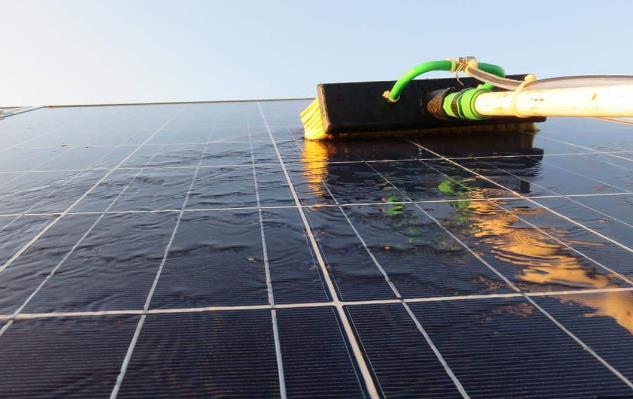Connecting Two Solar Panels Together: How Is It Done?
Integrating solar energy into your power system isn't just eco-friendly; it's a smart, long-term investment. When it comes to expanding your solar capacity, connecting two solar panels together is a fundamental skill. Whether aiming for higher voltage or current, the process can be straightforward if approached correctly. Here’s a detailed exploration of how to connect two solar panels together effectively and safely.

Choosing the Right Connection Method
First, decide whether a series or parallel connection best suits your needs:
- Series Connection is used when you need to increase the system’s voltage. This method involves connecting the positive terminal of one panel to the negative terminal of the other, boosting the voltage output while maintaining the same current level.
- Parallel Connection is preferred when you need more current. This involves connecting the positive terminals of both panels together and doing the same with the negative terminals, which increases the current output while keeping the voltage the same.
Series Connection Steps
- Identify the Positive and Negative Terminals on each panel. These are typically marked, with red indicating positive (+) and black indicating negative (-).
- Connect the Panels: Use a solar cable to connect the positive terminal of the first panel to the negative terminal of the second panel. This creates a series circuit where the voltage of both panels adds up.
- Secure the Remaining Terminals: The unconnected positive terminal of the first panel and the unconnected negative terminal of the second panel will then be used to connect to your solar system (e.g., to a charge controller or inverter).
Parallel Connection Steps
- Utilize Parallel Connectors: These are specifically designed to connect multiple panels in parallel. Y connectors or branch connectors are commonly used for this purpose.
- Connect Positive Terminals Together: Use one side of the parallel connector to join the positive terminals of both panels.
- Connect Negative Terminals Together: Similarly, use the other side of the parallel connector to join the negative terminals of both panels.
- Finalize the System Connection: The combined positive and negative wires from the parallel connection can now be connected to the rest of your solar power system.
Ensuring Compatibility and Safety
- Panel Compatibility: Ensure that the solar panels you're connecting have similar electrical specifications. This is crucial for maintaining efficiency and preventing damage.
- Safety Precautions: Always handle electrical components with care. It’s recommended to wear protective gear and ensure that the panels are not exposed to sunlight (to prevent electrical current flow) while making connections.
- Weatherproofing: Connections should be made using weatherproof wiring and connectors to protect against environmental damage.
- Professional Assistance: If you're unsure about the process or the specifications of your panels, consulting with a professional can prevent mistakes and ensure that your setup is optimized for maximum efficiency.
How to Connect Two Solar Panels Together
Connecting two solar panels, whether in series or parallel, is a practical way to expand your solar energy system. By understanding and applying the correct connection method, you can enhance your system’s voltage or current to meet your energy needs. Always prioritize compatibility, safety, and precision during the process, ensuring your solar power setup operates at peak efficiency and reliability.